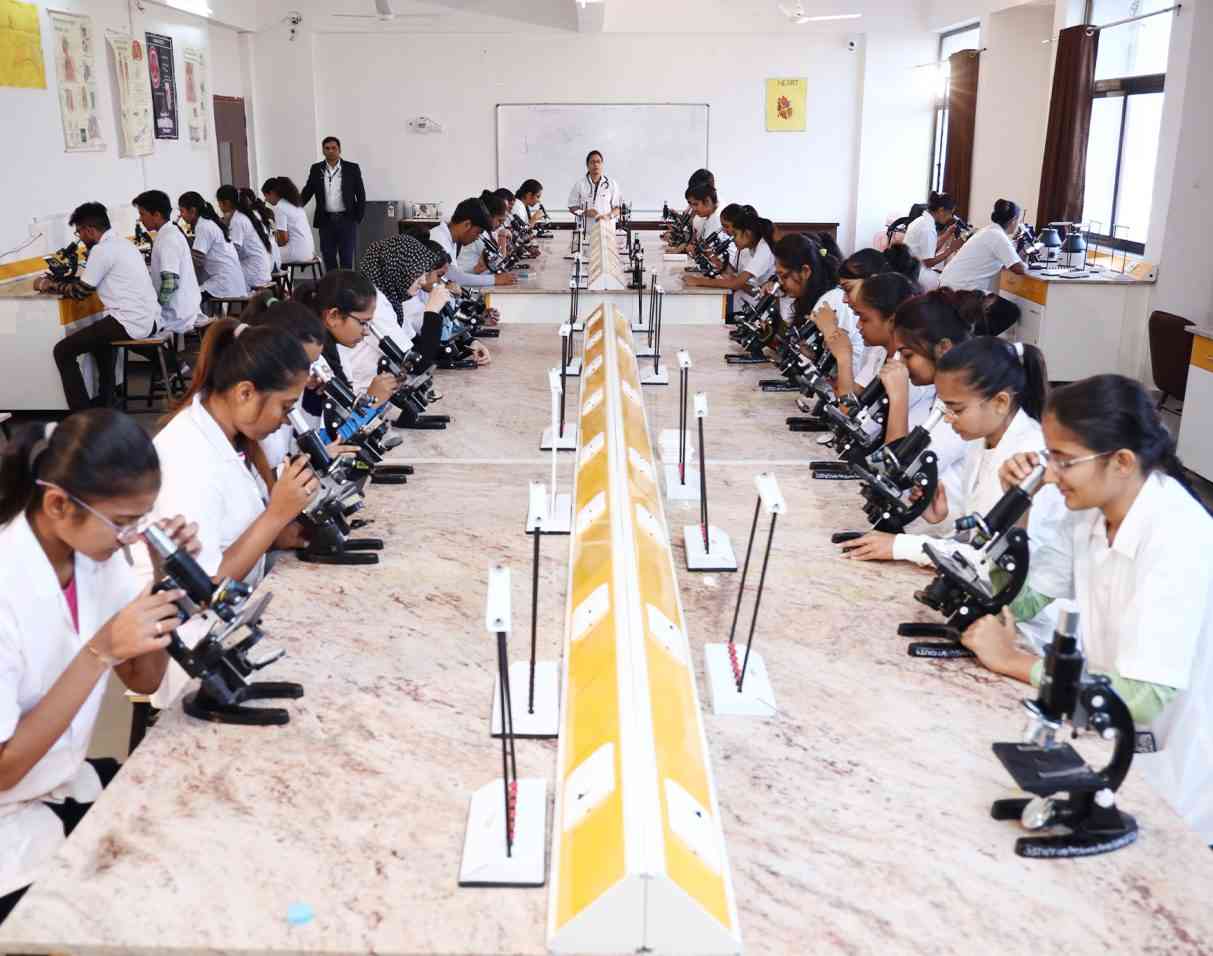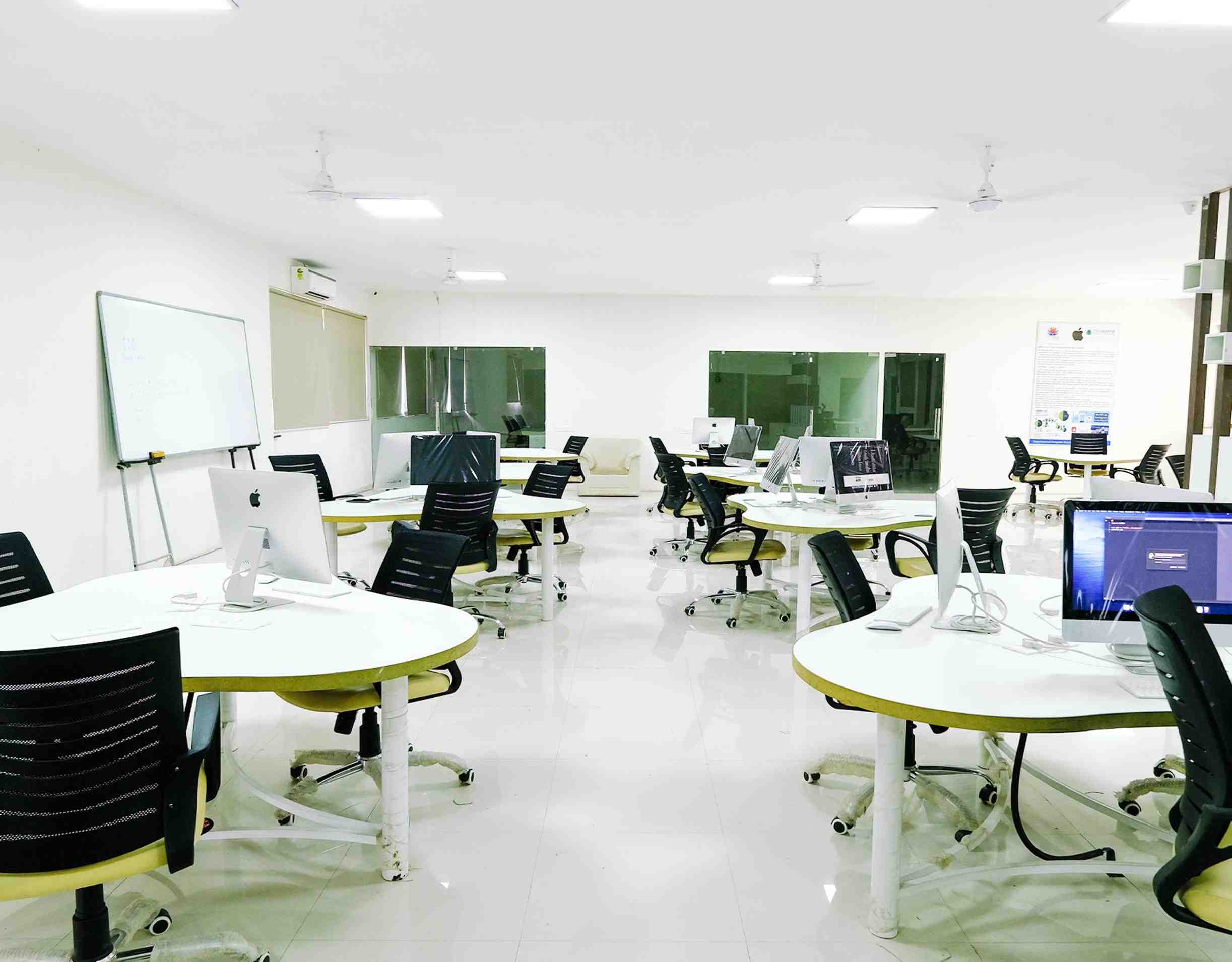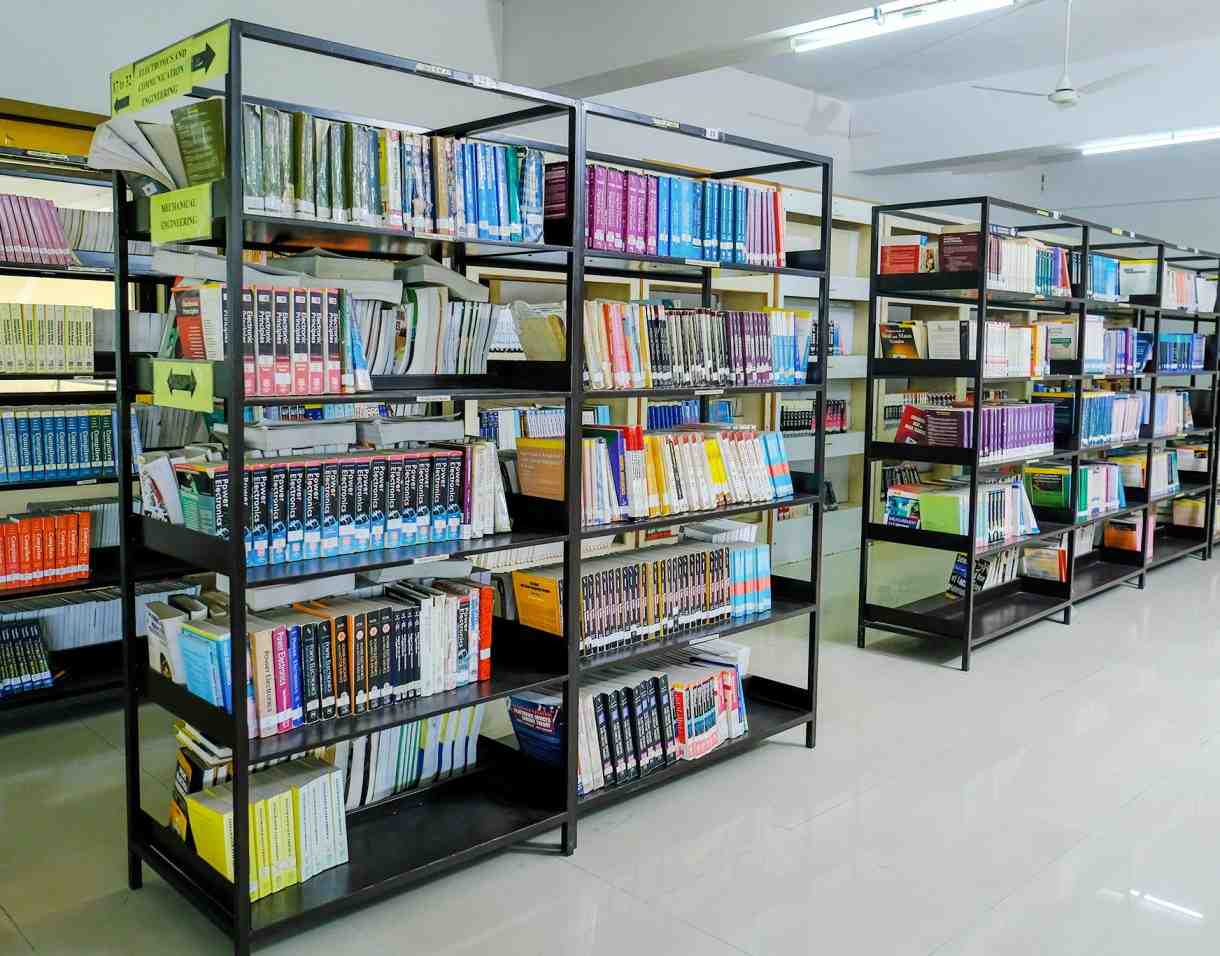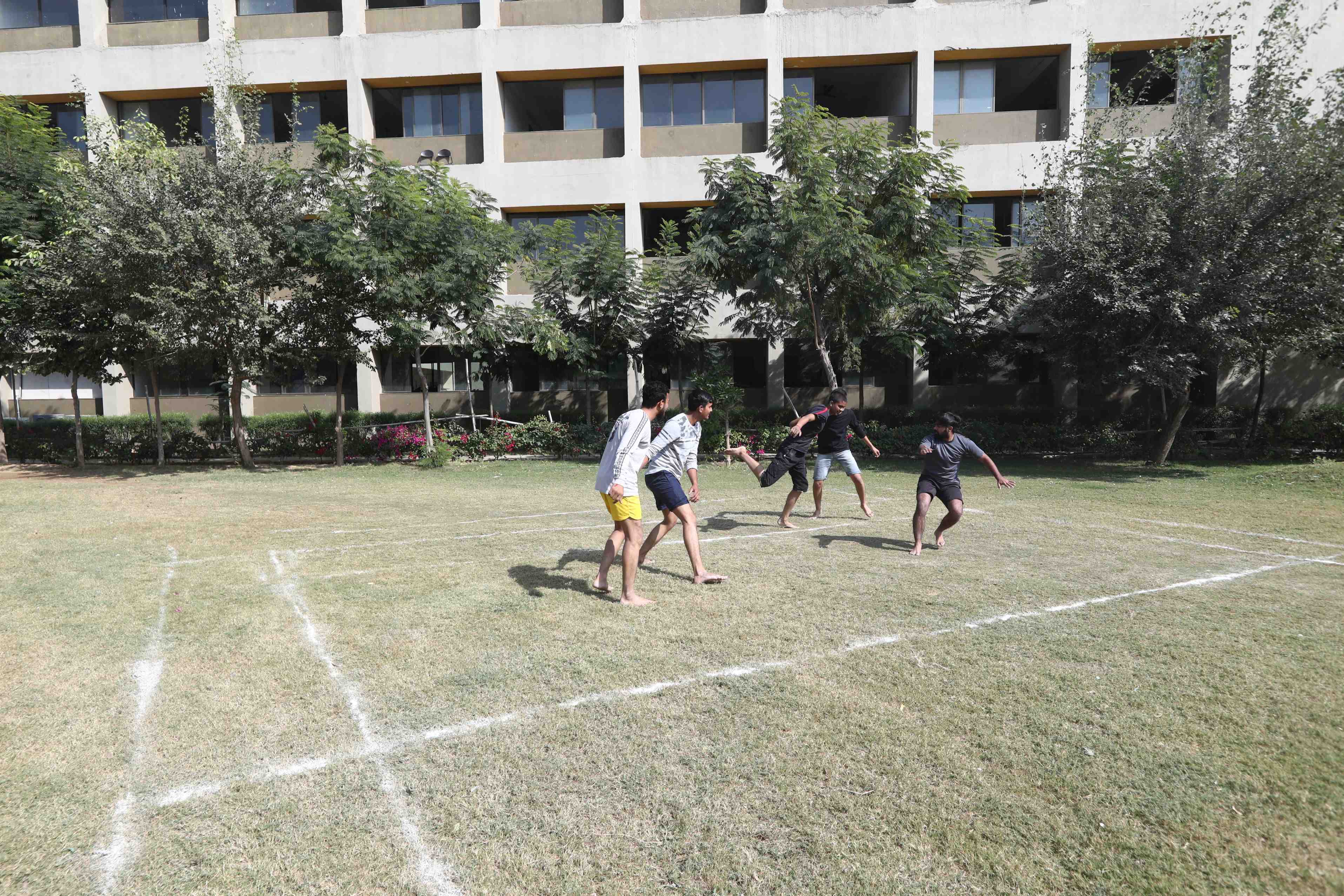Strengths and Shortcomings of School Education in India - Swarrnim International School
This blog explores the school education system’s goals, strengths, and weaknesses, and proposes a path to a more inclusive and effective system.
Strengths and Key Challenges in Private Indian School Education System
In the heart of India's progress and its march towards becoming a global powerhouse lies its education system, a critical driver for societal transformation and economic advancement. The foundation of this transformative journey is laid in the school education system, a diverse and complex structure aiming to nurture the minds of millions of young Indians.
This blog delves into the multifaceted aspects of school education in India, exploring its aims and objectives, the strengths and shortcomings of school education in India, and envisages a pathway towards a more inclusive and effective education system. Through this exploration, we aim to uncover the essence of India's educational ethos and its pivotal role in shaping the future of its youth.
Aims and Objectives of School Education
Before we get to the strengths and shortcomings of school education in India, let’s understand the aims and objectives. The Indian school education system, with its roots steeped in history, is designed with a multifarious set of aims and objectives aimed at holistic development. At its core, the system seeks to:
- Foster Cognitive Development: Through a structured curriculum, it aims to develop critical thinking, creativity, and problem-solving skills.
- Cultivate Social and Emotional Growth: Schools serve as a social milieu, facilitating the development of emotional intelligence, empathy, and interpersonal skills.
- Promote Cultural Awareness: By incorporating India’s rich tapestry of cultures and traditions into the curriculum, it aims to instill a sense of national identity and appreciation for diversity.
- Encourage Physical Health and Well-being: Physical education and sports are integral, aiming to foster a healthy lifestyle and discipline.
- Prepare for Global Citizenship: In an increasingly interconnected world, the education system strives to prepare students to be informed, responsible global citizens.
These aims and objectives of school education are meticulously woven into the fabric of the Indian school system, guiding the educational journey from primary to secondary levels.
Importance of School Education
The importance of school education in India cannot be overstated, serving as the linchpin for the country's socio-economic development and the individual’s personal growth. Hence, it is important to understand before delving into the strengths and shortcomings of school education in India. Here are key reasons why school education holds paramount importance:
- Foundation for Lifelong Learning: School education lays the foundational knowledge and skills upon which further learning and personal development are built.
- Economic Empowerment: Education is a key determinant of employability and economic status, with a direct correlation between educational attainment and earning potential.
- Civic Participation: Education fosters civic awareness and participation, essential for a vibrant democracy and responsible citizenship. .
- Innovation and Creativity: By nurturing curious and creative minds, school education is a catalyst for innovation and technological advancements, driving national progress.
Strengths of School Education in India
There are numerous strengths of school education in India that contribute significantly to the educational landscape:
Inclusive Policies India has implemented several policies aimed at promoting inclusive education, ensuring children from all backgrounds, including those with disabilities, have access to education. The Right to Education Act is a landmark initiative that mandates free and compulsory education for children aged 6 to 14 years.
National Education Policy (NEP) 2020 The introduction of NEP 2020 aims to overhaul the Indian educational framework, making it more holistic, flexible, multidisciplinary, aligned to the needs of the 21st century, and aimed at bringing out the unique capabilities of each student. This policy focuses on critical thinking and creativity, reducing the curriculum content to enhance essential learning and critical thinking.
Global Engagement Indian schools are increasingly participating in international collaborations, student exchange programs, and global competitions, which enrich the learning experience and prepare students for global citizenship.
Technology Integration With the digital revolution, there's a significant emphasis on integrating technology in education. Smart classrooms, online learning platforms, and educational apps are becoming commonplace, enhancing the learning experience and making education more accessible.
Emphasis on National Values and Ethics The curriculum often includes elements that promote national values, ethics, and the rich cultural heritage of India, aiming to instill a sense of pride and responsibility towards the country and society.
Language Diversity The education system supports multilingualism, offering instruction in multiple languages. This not only preserves linguistic diversity but also helps in better cognitive development of students.
Parent and Community Engagement Many schools in India actively involve parents and the community in the education process, fostering a supportive environment for students and enhancing the educational experience through community resources and support.
Growing Focus on Mental Health Recognizing the importance of mental health, more schools are incorporating mental health education into their curriculum and providing support services for students, such as counseling and wellness programs.
Shortcomings of School Education in India Despite its strengths, the school education system in India faces several critical challenges that hinder its ability to deliver quality education to all its students. These shortcomings include:
- Uneven Quality Across Geographies: There's a stark disparity in the quality of education offered in different parts of the country. Urban centers often have schools with better resources and teaching staff, whereas rural areas struggle with basic infrastructure and qualified educators.
- Inequity in Access to Education: Socio-economic status greatly influences the quality of education a child can access in India. Children from lower-income families often attend under-resourced public schools, while the affluent have access to well-equipped private schools.
- Outdated Pedagogical Methods: The reliance on rote learning persists, limiting students' ability to think critically and creatively. This traditional approach fails to prepare students for the problem-solving and analytical thinking required in higher education and the workplace.
- Teacher Shortages and Training: There is a significant shortage of trained and motivated teachers across the country. Teacher absenteeism and a lack of continuous professional development further exacerbate the quality of teaching.
- Infrastructure and Resource Constraints: Many schools, particularly in rural India, lack basic facilities such as clean water, electricity, and digital resources, which are essential for a conducive learning environment.
The Way Forward
Further enhancing and addressing the strengths and shortcomings of school education in India requires a comprehensive and multi-pronged strategy. The way forward could include:
Enhancing Public-Private Partnerships Leveraging the strengths of private schools through partnerships can help uplift the quality of public education by sharing best practices, resources, and innovative teaching methodologies.
Focusing on Teacher Training and Development A nationwide initiative to enhance teacher training, with an emphasis on modern pedagogies, can improve teaching quality. Continuous professional development should be mandated to keep teachers updated with the latest educational trends.
Revamping the Curriculum The curriculum needs to be made more relevant to today's world, integrating practical knowledge and skills, environmental education, digital literacy, and moral education to prepare students for the challenges of the 21st century.
Investing in Infrastructure Significant investments are required to upgrade school infrastructure across the country, ensuring that all schools have access to basic facilities, digital technologies, and safe learning environments.
Promoting Inclusivity and Equity Policies must be put in place to ensure that children from all socio-economic backgrounds have equal access to quality education. This could include scholarship programs, free or subsidized education for underprivileged students, and inclusive education practices.
Pioneering Excellence in Education: The Swarrnim School Approach
At Swarrnim School, we are committed to redefining the educational landscape in India by merging tradition with modernity to offer an unparalleled holistic education. Our ethos centers on nurturing not just academic excellence but fostering the physical, emotional, and social growth of our students. Our state-of-the-art campus serves as a cradle for innovation and creativity, equipped with advanced laboratories, digital classrooms, and comprehensive sports facilities, all designed to support and enrich the learning experience. Our curriculum is crafted to break the molds of conventional education, embracing experiential learning alongside theoretical studies. We prioritize project-based assignments, collaborative efforts, and the cultivation of critical thinking abilities, ensuring our students are adept at navigating the complexities of today's global landscape. Moreover, our focus on environmental sustainability, digital literacy, and cultivating global citizens mirrors our dedication to shaping individuals who are not only knowledgeable but also conscientious and responsible. The backbone of Swarrnim School's success is our dedicated faculty, who are continuously engaged in professional development to keep pace with the latest educational trends and innovations. This commitment to excellence enables us to provide the highest standard of support and guidance to our students. Our extensive community outreach programs and collaborations with leading international educational institutions underscore our role as a beacon of progressive education in India, challenging the status quo and setting new benchmarks for excellence within the private school education system.
Conclusion
The school education system in India is at a pivotal juncture, facing both significant challenges and opportunities for reform and improvement. By addressing its shortcomings and building on its inherent strengths, there is potential to transform this system into one that provides high-quality, equitable education for all students. Institutions like Swarrnim School play a crucial role in this transformation, demonstrating the power of innovation and commitment to excellence in education. The path forward requires collaboration, investment, and a steadfast dedication to nurturing the minds and spirits of India's youth, ensuring they are prepared to lead and succeed in a rapidly changing world.
Meta Title: Strengths and Shortcomings of School Education in India - Swarrnim School
Meta Description: This blog explores the school education system’s goals, strengths, and weaknesses, and proposes a path to a more inclusive and effective system.







